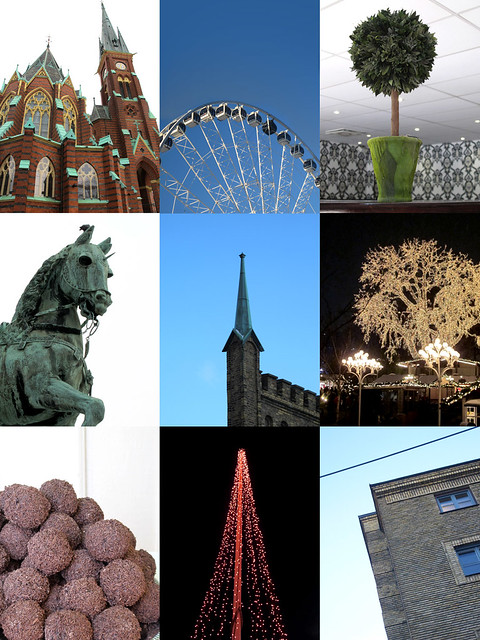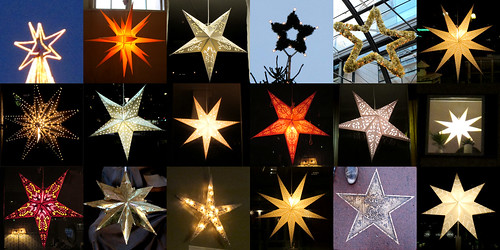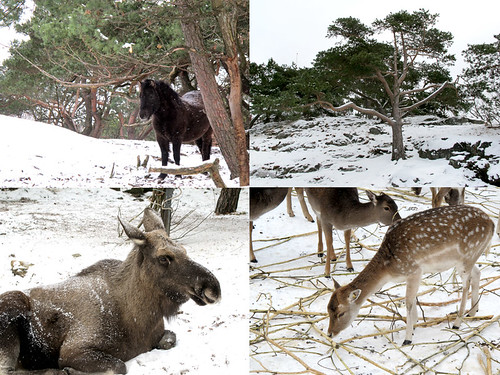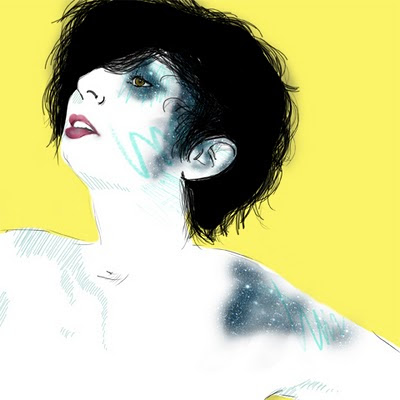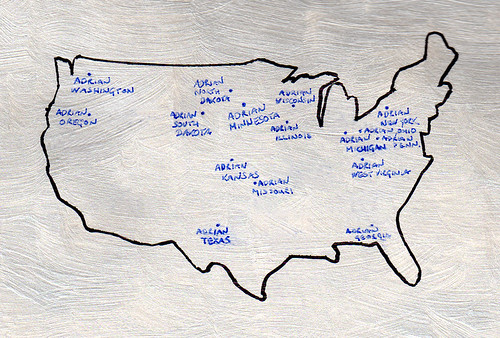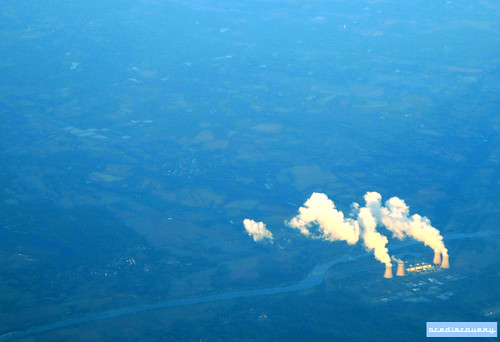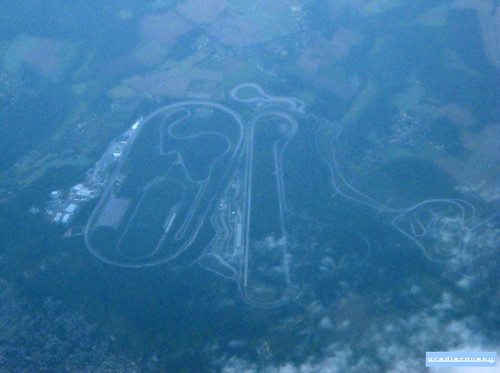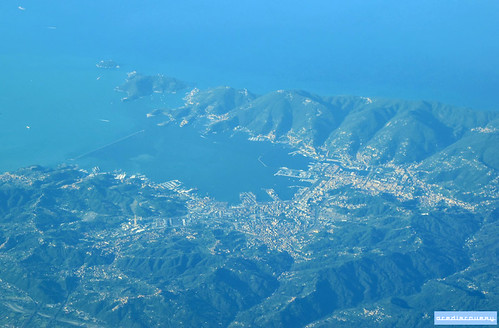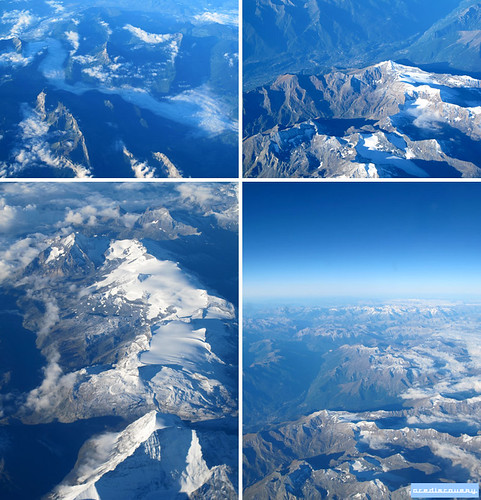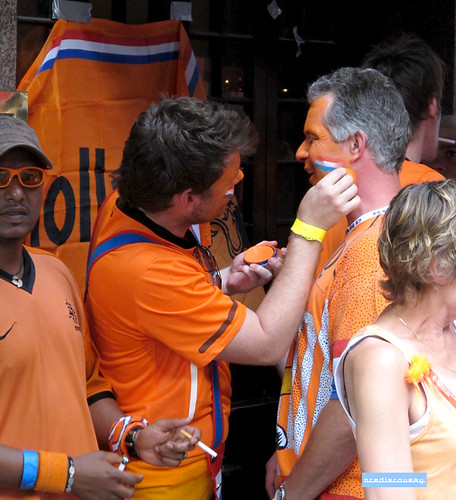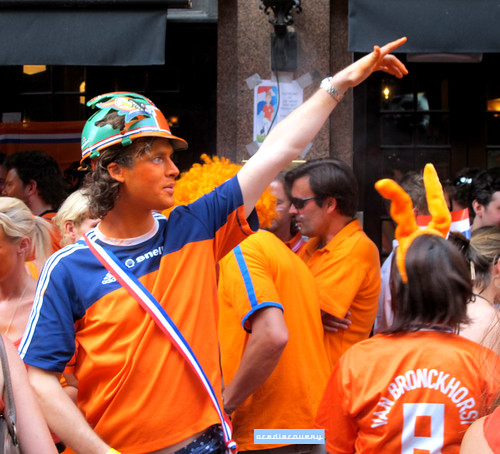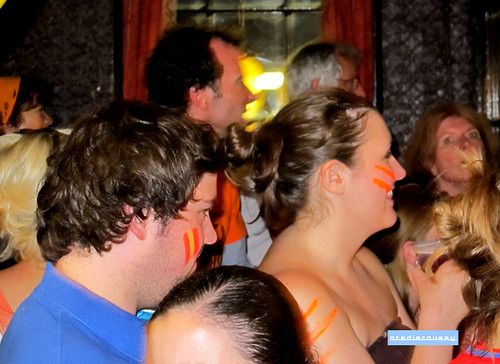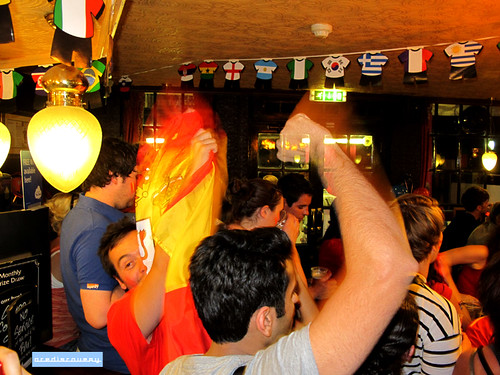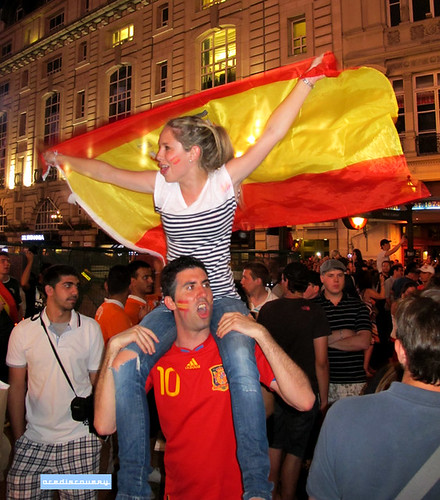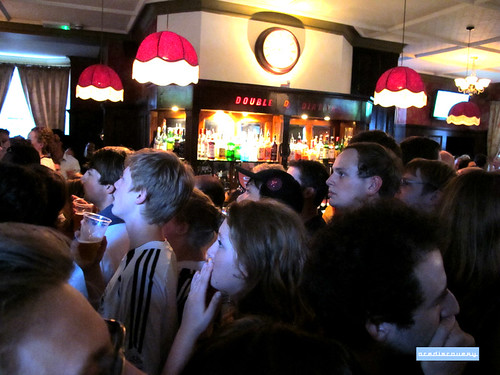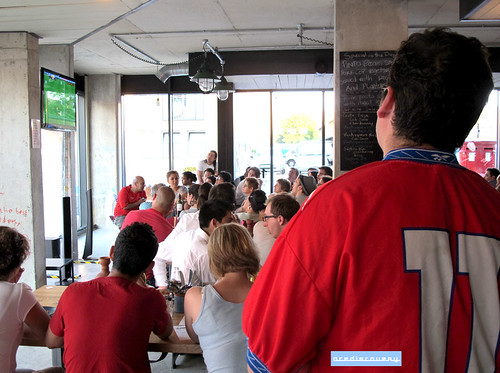2010 is over: here's what I did in 2010.
- Saw: Grace Jones, Hurts (twice), Lady Gaga, Marina & the Diamonds (twice), Mini Viva & Girls Can't Catch, O'Spada, Paloma Faith, Robyn, Saint Saviour, Scissor Sisters, The Reason, Vania Fernandes.
- Went to Albania, Berlin, Corfu, Dingle, Essen, Gothenburg, Liechtenstein, Suffolk, Swiss Alps, Vienna.
- Visited: Armenian Church, Ashmolean Museum, Bevis Marks Synagogue, British Museum, Buckingham Palace, Croydon Airport, Design Museum, German Lutheran Church, Knole House, Leighton House Museum, RCA, Tate Modern, V&A, V&A Museum of Childhood.
- Met Dannii Minogue
- Did 7 job interviews
- Watched 10 football matches
- Won and lost a holiday to South Korea
- 30 classes of German. Jetzt kann ich auf Deutsche sprechen.
- Had a picture in a Guardian gallery
- Became a Friend of London Zoo
Some randomly plucked 2010 audio visual highlights

- I made the Polish ladies in Old Street station sandwich shop smile by speaking Polish to them.
- Reading about pubs in Ireland opening on Good Friday. 'tis a landmark
- Fascinating fact: Switzerland has won more Nobel Prizes (per capita) than any other nation.
- WEIRD. I've just read an email written by me in 2000, talking about having set up a Eurovision website. I have no memory of that.
- My friend Vandana and I are setting up a stall at a flea market. We're going to be the V&A Flea-seum.
- Love Spotify. Search Ellie Goulding. Get "Do you mean Elsie Goulding?" I wish I did.
- Saw a geography teacher doing his marking on the tube earlier. Was quite excited.
- Going to see Grace Jones tonight. Amazing seats, actually sitting in one of her hats.
- I managed to use the word outré and metaphor in my leaving speech at work. Brilliant.
- Received spam from Airline Adriana. How wonderful. I'd fly with them.

